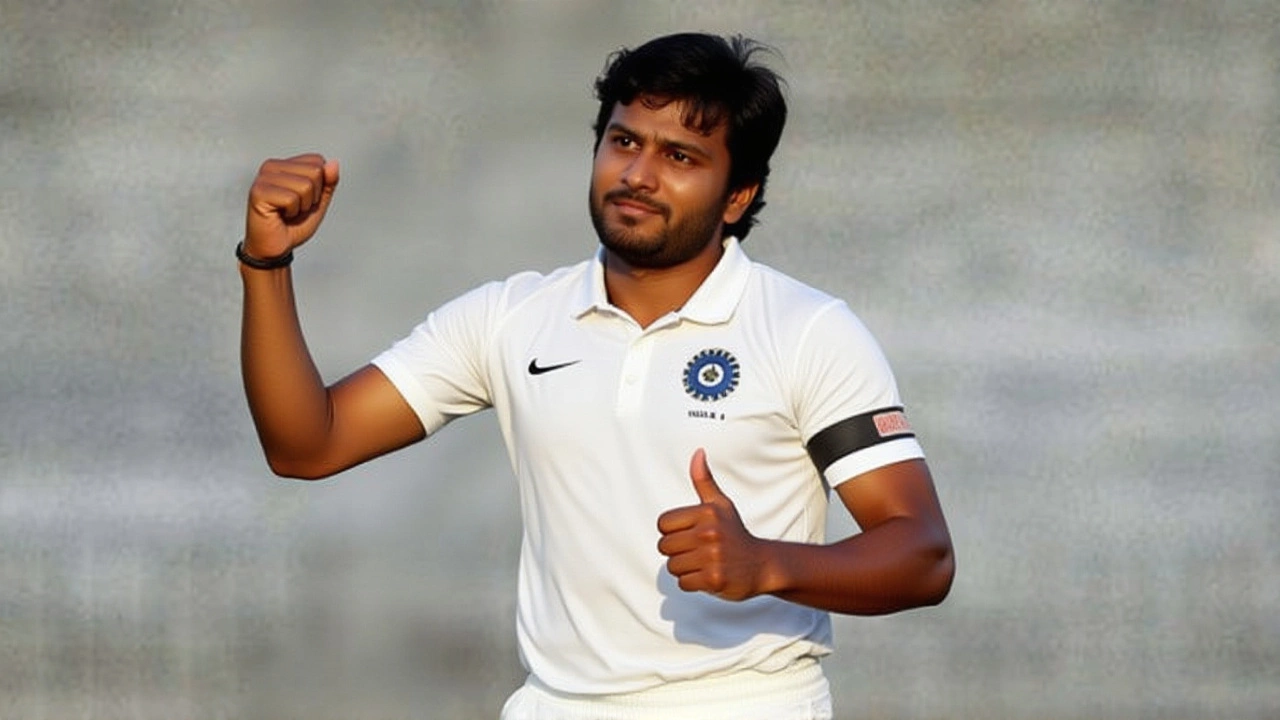6000 runs 400 wickets – The benchmark for cricket all‑rounders
When we talk about 6000 runs 400 wickets, a rare career milestone that combines at least six thousand runs with four hundred wickets in a single format. Also known as the elite all‑rounder mark, it signals a player’s ability to shape matches with both bat and ball. This benchmark 6000 runs 400 wickets sits at the heart of cricket history, linking directly to the concept of an All‑rounder, a cricketer who consistently contributes high‑quality batting and bowling performances. The achievement also depends on the structure of Test cricket, the longest format where career totals accumulate over many years and the faster‑paced One Day International, a limited‑overs game that offers more frequent scoring opportunities. Understanding how these pieces fit together helps you see why the 6000/400 mark matters across eras and continents.
First, the milestone encompasses elite all‑rounder performance. A player who reaches 6000 runs has usually maintained a respectable batting average, often above 35 in Tests or 40 in ODIs, while the 400‑wicket tally demands a bowling average near or below 30. In other words, the dual requirement forces a balance between scoring runs and taking wickets—something only a handful of cricketers manage. This balance requires consistent skill development, fitness, and tactical awareness, because a dip in one discipline quickly erodes the chance to hit the combined numbers.
Why the format matters
In Test cricket, the longer innings give batters the time to build big scores, making the 6000‑run target more attainable over a 15‑year career. However, the same length means bowlers must endure longer spells, which can strain the body and affect wicket‑taking consistency. By contrast, One Day Internationals compress runs into 50 overs, so reaching 6000 runs can happen faster, but bowlers only get ten overs per match, limiting the total wickets they can claim. The interplay of these formats influences how quickly a player can cross the 6000/400 line, and many all‑rounders plan their careers to exploit the strengths of each format.
Another key element is the batting average metric, which acts as a proxy for a player’s run‑scoring reliability. When an all‑rounder consistently averages above 40, the run‑total climbs steadily, while a low bowling average (<30) ensures that each match contributes a fair share of wickets. These two attributes form a feedback loop: strong batting confidence often translates into longer innings, giving the bowler‑all‑rounder more opportunities to bowl and take wickets, and vice versa. This loop connects the statistical pillars of the 6000 runs 400 wickets achievement.
Historically, only a select group—names like Sir Ian Botham, Kapil Dev, and Jacques Kallis—have crossed this threshold. Their careers illustrate how the milestone encompasses not just raw numbers but durability, adaptability, and leadership. Each of them adjusted their game as they aged: reducing bowling workloads while focusing on run accumulation, or vice versa. This strategic shift shows that the 6000/400 mark is not a fixed path but a flexible goal that evolves with a player’s physical condition and team role.
For up‑and‑coming players, the milestone serves as a roadmap. Coaches often set intermediate targets—say, 2000 runs and 100 wickets—before aiming for the ultimate 6000/400 figure. By breaking the goal into smaller milestones, a cricketer can monitor progress, adjust training focus, and stay motivated. This approach requires careful planning of match schedules, rest periods, and skill‑specific drills, especially in the modern era where franchise leagues add extra workload.
Below, you’ll find a curated set of articles that dig deeper into the stories behind this milestone, explore the statistical nuances, and offer tips for aspiring all‑rounders. Whether you’re a fan wanting to understand why certain players are revered, or a budding cricketer plotting your own path, the collection gives you practical insights and real‑world examples to keep the 6000 runs 400 wickets goal in clear sight.
